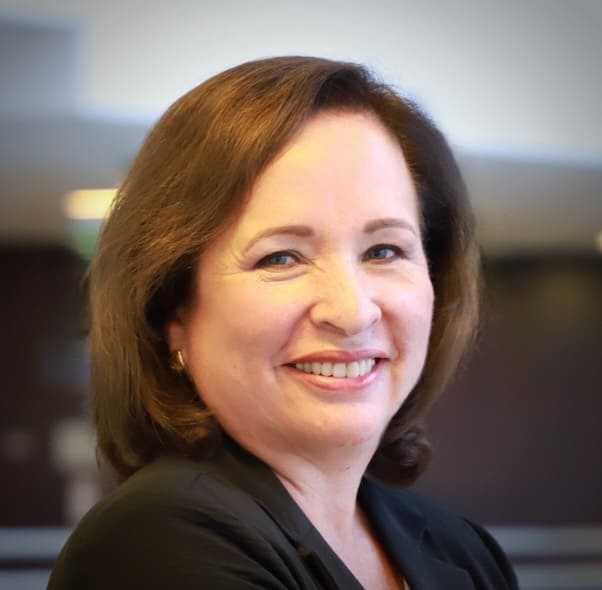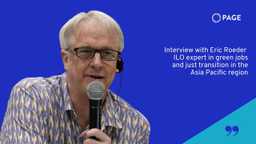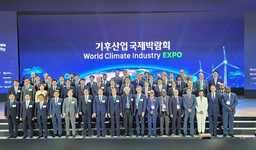Discover the third interview featuring people that have collaborated with PAGE at a given time. The purpose is to voice experiences, opinions, and insights on how the green economy is evolving and how the green economic transformation is being implemented around the world. Meet Elsa Galarza, who has been collaborating closely with PAGE since 2013.
“At the forefront of the Inclusive Green Economy in Peru: the challenges from engagement to implementation”
Mrs Elsa Galarza is an economist from Universidad del Pacifico, Peru. She owns a Master of Science in Agriculture Economics at Iowa State University, United States, with specialized studies on environmental issues at Harvard Institute of International Development; INCAE, Costa Rica; the World Bank Institute and Wageningen University UR, Holland. Currently, Mrs. Galarza is the Director of the Graduate School of Public Management at Universidad del Pacifico. She was the Director of the Research Center of Universidad del Pacífico and Principal Professor at the Economics Department. In the public administration, Mrs. Galarza has been Minister of Environment (2016-2018) and Vice Minister of Fisheries (2009-2010). Besides, she has been advisor of the Minister of Agriculture, and the Minister of Economy and Finance, and has integrated several committees for technical support for public sector institutions.




